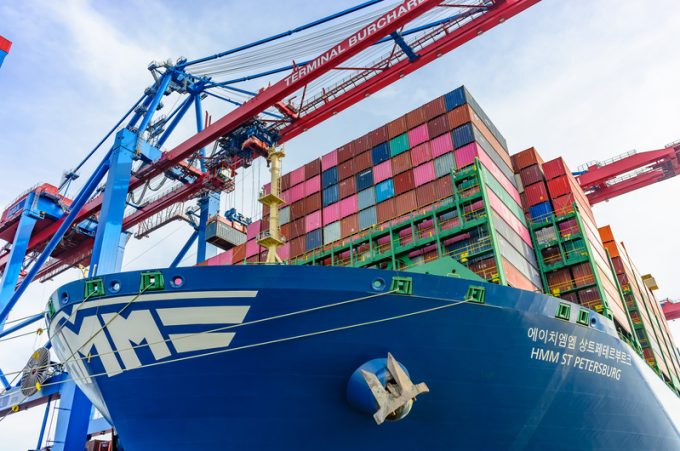Interest in larger tonnage picks up amid flurry of newbuild orders
Tonnage providers and operators have been active in latest containership newbuilding orders this week. South Korea’s ...

Yang Ming and HMM, the final members of THE Alliance to release first-quarter financial results, provided further evidence of the sharp liner market correction’s impact on bottom lines.
Taiwanese Yang Ming and South Korea’s HMM both saw profits slump in Q1, the latter saying there were ...

Comment on this article